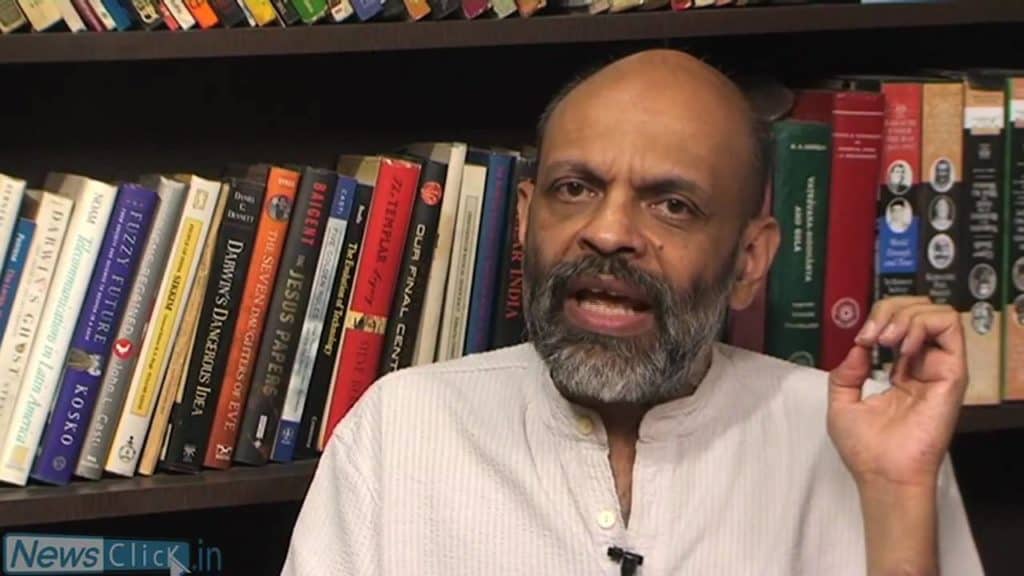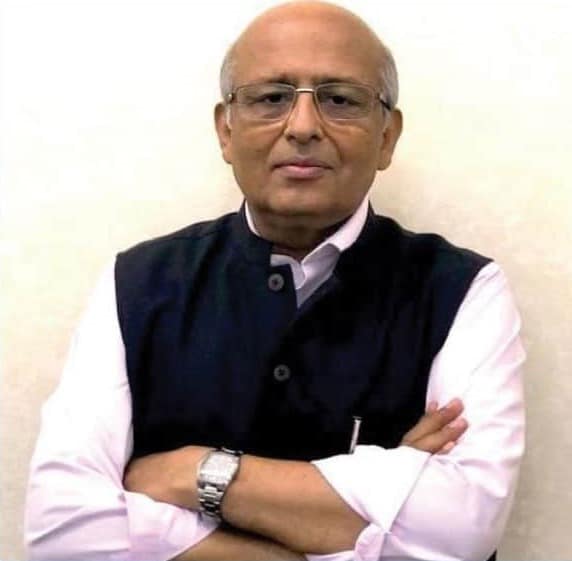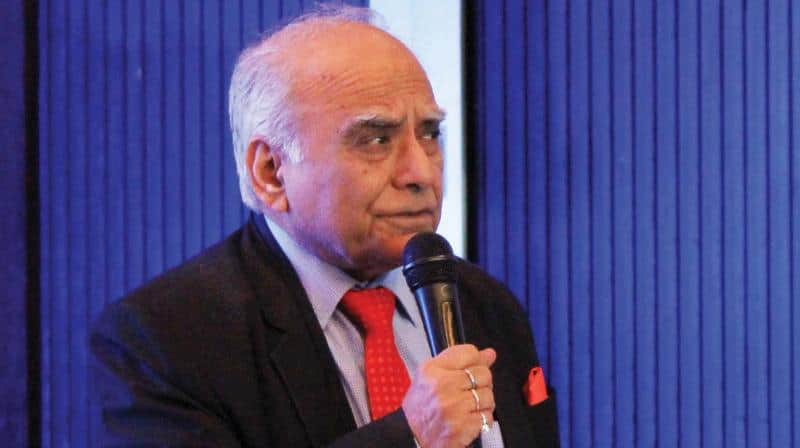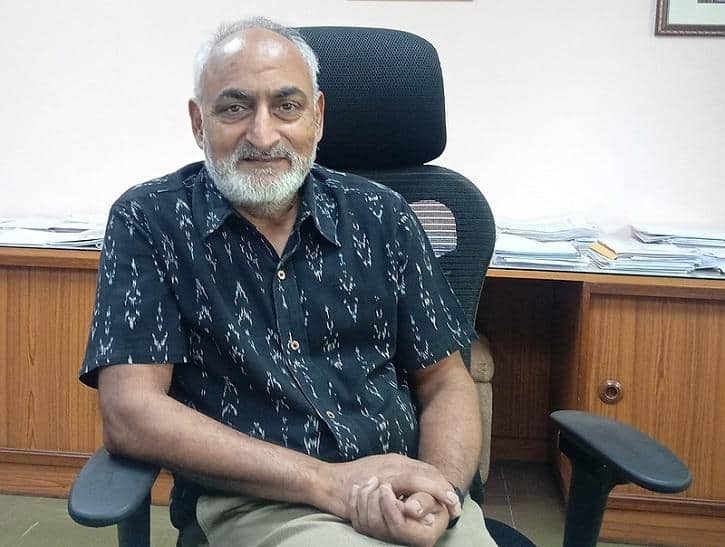Even as the UK, US and other countries have started vaccinating their citizens, India is yet to start immunising its massive population, as the final human trials are not yet over. The task is difficult and poses unique challenges.
Citizen Matters spoke to four eminent experts on their views on the vaccine and the various challenges of a mass vaccination drive:
Dr Satyajit Rath: Visiting Professor, Indian Institute of Science Education and Research (IISER), Pune.
Dr Shahid Jameel: Director, Trivedi School of Biosciences, Ashoka University, Sonipat, Haryana.
Dr Rakesh Mishra: Director, CSIR-Centre for Cellular and Molecular Biology (CCMB), Hyderabad.
Prof Nirmal Kumar Ganguly: Former Director General, Indian Council of Medical Research (ICMR).
Excerpts from the interviews:
What would be the first step in starting mass vaccination?
Dr Satyajit Rath: The first step needed is dependable clarity on the kinds, numbers and delivery time schedules for the supply of vaccine(s) from manufacturer(s). Without reliable ‘upstream’ information, all downstream planning is going to remain tentative at best.
Dr Shahid Jameel: A vaccine should serve three purposes: protect healthcare and other frontline workers who are taking care of the sick and those whose work brings them into frequent public contact; reduce mortality; and finally, end the pandemic.
Since vaccine supplies will initially be limited, every country, including India, will have to prioritise. In the first phase, 10 million health care workers, 20 million frontline workers and 270 million people over 50, plus those under 50 years with comorbidities, would be given the vaccine.

Does India have the cold chain facilities to deploy vaccines with recommended storage temperatures as low as -70°C?
Dr Satyajit Rath: I do not think that ultra-low-temperature-storage vaccines can be effectively deployed for large-scale vaccination in India. I think such a vaccine will have a relatively limited role, perhaps through the private health care market in metropolitan centres.
Dr Shahid Jameel: India appears to have adequate cold storage for the types of vaccines it is considering. These require refrigerated four to eight degrees centigrade to 80C storage. The frozen (-20 degrees Centigrade) or ultra-frozen (-70 degrees Centigrade or below) vaccines are as yet not in India’s vaccination plans.

Dr Rakesh Mishra: Anything that requires such a low temperature is certainly not ideal for India. India needs a vaccine that can be transported at four degrees centigrade and is stable enough for two, three months. But if there is no other option and only extreme low temperature vaccines are available, then we will have to try some innovations like dry ice shipping. But it will be a major challenge for largescale vaccination.
Storing might not be much of a problem because in big cities minus 80 degree centigrade storage is not so much of an issue. It is the cold supply chain and the smaller places where you have to deliver that will be a challenge.
Even the current universal vaccination programme is a huge challenge, even though you are vaccinating only children. Now, we are talking about the whole population. It’s a very different ballgame. But I am sure there will be other vaccine options which will be less demanding.
Prof Nirmal Kumar Ganguly: In the current scenario, the temperature does not matter because in the future a lot of vaccines are going to be low temperature vaccines. Vaccine manufacturers, supply chain managers and the health care system of the country have coordinated and cooperated.
Airlines such as Lufthansa, United Airlines, American Airlines and Emirates etc have created minus 80 degrees cargo transport system.

For remote destinations, vaccine boxes with dry ice is shipped and the vaccine once unpacked can stay at 2 to 8 degree s celsius for one week in the case of Pfizer, and one month in case of Moderna. The vaccines are taken out of their storage three hours before vaccination. India already handles minus 20 degree C for Rota vaccine.
Since the Pfizer vaccine is the only available vaccine which has undergone reviews from the UK FDA, US FDA, Canada Health, Israel FDA and Saudi Arabian FDA, it can be first given in India to frontline health care workers. They can be assembled at the point of vaccination within hospitals or designated points in the district or CMCs.
Is it possible to cover the entire country? How long will it take?
Dr Satyajit Rath: Vaccinating the entire country may well end up being a matter of years rather than months.
Dr Shahid Jameel: Immunising everyone is neither possible, nor needed. If we do the first 300 million correctly and quickly, transmission will reduce drastically.
How to interpret the efficiency percentages that are being given out by different manufacturers?
Dr Satyajit Rath: Claims of ‘X’ per cent efficacy need to be seen in perspective. They are all, without exception, based on preliminary evidence. I doubt that the final numbers for ‘per cent efficacy’ will look like these preliminary numbers. So, I would argue that any vaccine showing reasonable efficacy is good to accept.
Dr Rakesh Mishra: At the population level, these percentages, 95 or 90, or 85, do not make much difference. Because if you inject everybody, we need 60-70% efficacy, then herd immunity will set in.

What should the distribution process be? What should be the order in your view?
Dr Satyajit Rath: Well, certainly those at occupational risk of exposure would be the best first-in-line. Not simply doctors and nurses and health and sanitation workers, but all other workers in the service economy, in both public and private sectors. This is an enormous number, and it is not clear that planning is being done for all of them.
The second-in-line would be, I guess, those with co-morbidities at risk of serious illness; the elderly, and those with chronic ailments. It must be remembered that efficacy in these groups is not tested and assured for all vaccines out there, which means that different vaccines must be planned for different categories, complicating the implementation programme further.
Dr Shahid Jameel: I agree with the government’s approach. The vaccine would provide less benefit to those already infected. But testing people first to check for antibodies would add to both cost and logistics. It would be simpler to give it to everyone who needs it and is willing to take it.
Dr Rakesh Mishra: Nobody will disagree that we should first protect health care workers. After that, there is an issue whether you want to protect older people or vaccinate the younger people so that they can go to work. It is subjective. There is no absolute rationale.
Do you think herd immunity can be built with vaccines?
Dr Satyajit Rath: ‘Herd immunity’ is a post-facto explanatory concept for how a disease disappears. I do not think there is any credible way of ‘planning’ for ‘herd immunity’, especially for a disease that we do not understand too well. All we can and will do is vaccinate widely and await the point where the disease stops spreading widely.
Dr Shahid Jameel: Yes, that is the goal. That is how you end the pandemic. Herd immunity is a concept better applied to vaccines than infection. No single vaccine provides 100% protection, and herd immunity does not provide full protection to those who cannot safely be vaccinated. But with herd immunity, those unable to take a given vaccine will have substantial protection, thanks to those around them being vaccinated. So, if one can take a vaccine, one should do so, as that would also protect someone who is unable to get vaccinated.
Dr Rakesh Mishra: If 60-70% people are getting vaccinated that will lead to herd immunity. The smartest approach will be to vaccinate people who are more likely to get exposed.